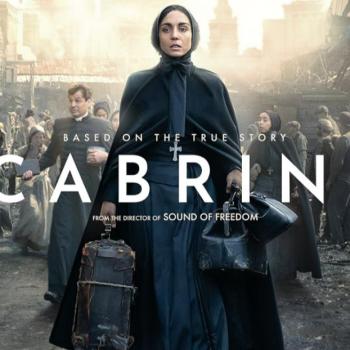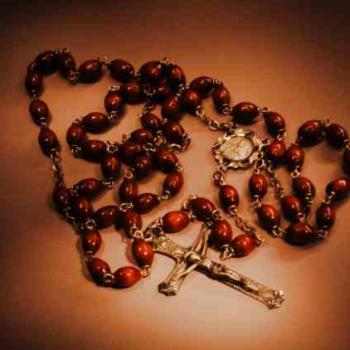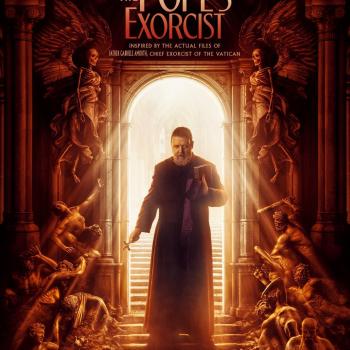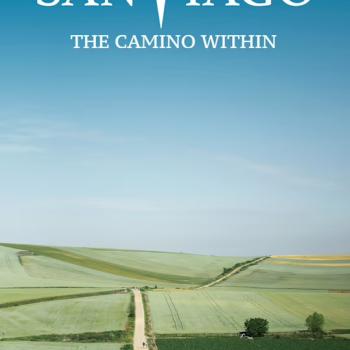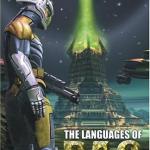 (Andrew Garfield, left, plays Fr. Rodrigues, and Shinya Tsukamoto plays Mokichi in the film “Silence” by Paramount)
(Andrew Garfield, left, plays Fr. Rodrigues, and Shinya Tsukamoto plays Mokichi in the film “Silence” by Paramount)
After a long voyage and stop in Goa, their ship docks in Macao where the two priests meet a Japanese man, a drunk named Kichijiro (Yôsuke Kubozuka), that they hope will guide them to Japan. He will not admit to being a Christian, but he does want to go home. The priests endure hardship but press forward with a guide who seems less than trustworthy.
After another long voyage with almost nothing to their names, they arrive at an island and wade to shore. Soon enough villagers recognize the “padres” and hide them away. The priests discover that Christians are living underground, baptizing their babies and praying in secret. They learn that Kichijiro is a Christian when he asks for absolution for his apostasy that had caused him to flee Japan.
It is too much for the priests to stay hidden and they venture out. They meet Christians who are grateful for their return but fearful for the padres if they are caught. But word spreads and the authorities investigate. A cunning inquisitor, Inoue (Issei Ogata), insists that Christians make themselves known and apostatize or three will be taken and killed. Three men, one of them in his 80s, refuse to step on the image of Mother and Child. Inoue’s men tie them to crosses and raise them up in the ocean where they are buffeted incessantly by the waves for days until they die. The priests watch from a cave, stunned at what their presence has provoked.
The two priests decide to separate in their search for Ferriera whom they believe is in Nagasaki. Rodrigues meets Christians and hands out all the crosses and religious items he has and even gives away the beads of his rosary, one by one. He wonders if the people have more faith in sacramentals than in Jesus.
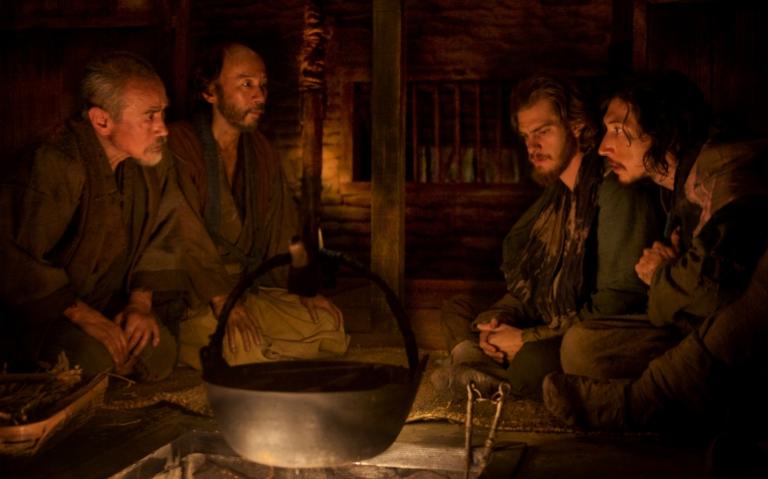
Later, Rodrigues watches as Garrpe drowns while trying to save Christians who have been thrown into the sea wrapped in mats. Rodrigues is eventually captured and made to ride a horse through a village while the people jeer and throw stones at him. Kichijiro’s fervor waxes and wanes; he denies his faith only to return for absolution that Rodrigues gives him — time and time again because he apostatizes whenever he is captured. It becomes clear to Rodrigues that the weak Kichijiro is a Judas-figure. Inoue is never far and directs the inquisition of Rodrigues, challenging the priest by saying Japan is a swamp where the Christian message cannot take root. Rodrigues, unbending, responds that the truth, whether in Europe or in Japan, is the same.
Rodrigues ministers to a small group of Christians who are jailed with him. Then Inoue threatens the priest with “the pit” torture where he, and the other Christians, will be hung upside down over an enclosed pit of excrement until death or until he apostatizes. But where, in all this, is Ferriera? And Rodrigues wonders, where is God in the suffering of the people and his own anguish? Why is God silent?
“Silence” is replete with layered human, theological, and spiritual themes that writers Jay Cocks and Scorsese imbue with respect for their subject. For those who know the book, there is time compression, and the character of Inoue is an amalgam of all the inquisitors or officials in the story. Monica, a Christian woman in the final part of the book, shows up in the early scenes. Scorsese has added something to the end of the story, the very end of the book, the inclusion of which I will leave for you to judge. The cinematography of Rodrigo Prieto is either atmospherically panoramic or intensely close-up and personal. This, along with the accomplished editing of Scorsese’s frequent collaborator, Thelma Schoonmaker, reveals Scorsese’s Catholic and sacramental imagination at its most refined, in haunting beauty. Garfield and Driver are very good, and Driver has the look of an El Greco Christ.
There are violent scenes in the film, but Scorsese stays close to the book and shows visual restraint, something that surprised me given the explicit gore in many of his previous films. Some day, when we have all processed this film, I think we will see that “Silence” marks the height of his artistry and storytelling as a Catholic filmmaker where the character of the saint and the sinner are always near.
At the top of the thematic list are faith and doubt as partners in a dangerous dance from the moment the priests first find out about Ferriera’s apostasy. They leave Portugal and Rome, their gaze focused on a land far away, bolstered by a faith yet untested. Rodrigues especially carries in his heart … CLICK HERE to continue reading at the National Catholic Reporter … great stuff to come. Read on!


